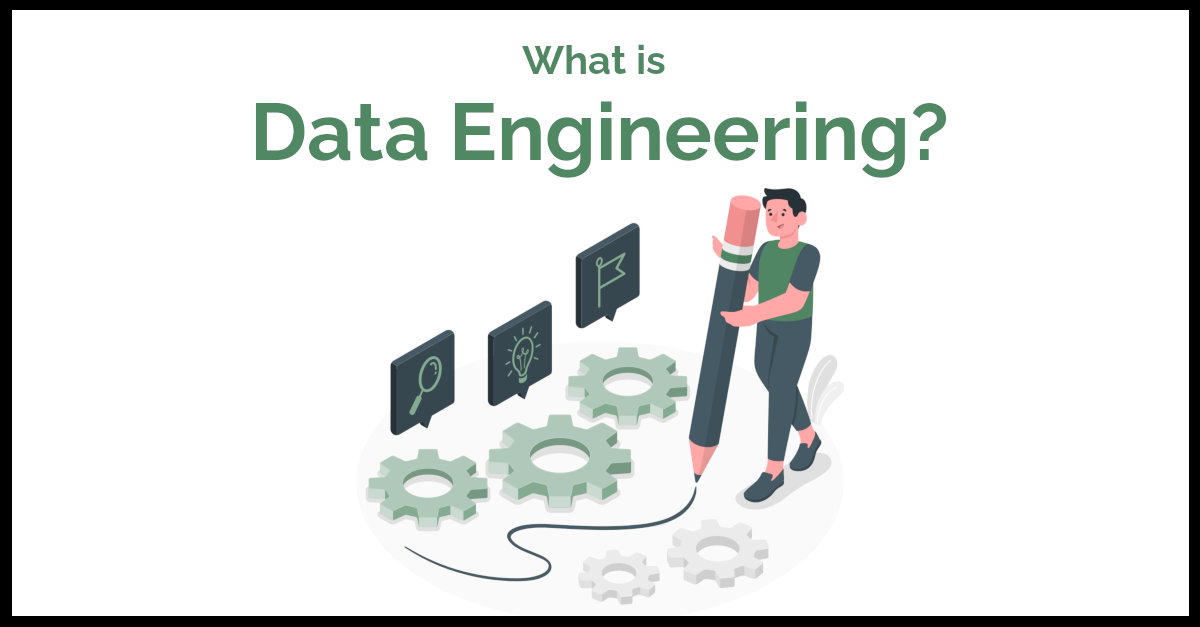What do Data Engineers do?
In order to tell the story of what the data says, data engineers must understand and use several key skills. Those include:- Getting and understanding requirements (i.e. how is the data being gathered, where will it be stored, who needs access to it, etc.)
- Collecting metadata about the data (i.e. the database schema, size, security, etc.)
- Ensuring security and compliance for the data in its source state, along with any other locations of the data, such as data lakes or data warehouses.
- Selecting the proper technology to store the data (i.e. MS SQL, Oracle, Amazon S3, NoSQL, Hadoop, etc.)
- Processing or transforming the data to other locations (i.e. reporting environments in order to use the data for visualizations by leaders)
- Cleansing the data to correct any defects or errors, including removing duplicate copies of data
- Testing, validating, reviewing and implementing any software tool that helps automate or simplify the above
Who do Data Engineers work with?
As stated above, data engineering organizes data to make it easy for other systems and people to use. Therefore, they work with different parts of the organization to help provide the data insights needed. Those different parts of the organization include:- Data/business analysts
- Data scientists
- Systems architects & infrastructure leaders
- Product Management
- Other business leaders
Hiring a Data Engineer?
Data engineers and data scientists are in high demand. As a blog from towardsdatascience.com points out, there are very few skilled data scientists out there, and they need data engineers in order to do their job. “According to the 2021 Data Science Interview Report by interviewquery.com that takes in over 10,000 Data Science interview experiences, Data Science interviews grew by 10% compared to Data Engineering interviews which grew by 40% in 2020.” While the job growth looks great, the reality is skilled data engineers are in high demand. That means there are not a lot of good ones out there. This fact is why both Fortune 1000 firms and SMBs have engaged SPK and Associates for data engineering and insights services over the past few years. The ability for companies to obtain insights from immense amounts of data gathered is a competitive advantage in the marketplace.What tools are in the market?
There is no direct, exhaustive list of data engineering tools, but here are some that proficient engineers are expected to know:- Python scripting
- SQL (Structured Query Language)
- PostgreSQL
- MongoDB
- Apache Spark
- Apache Kafka
- Amazon Redshift
- Snowflake
- Amazon Athena
- Apache Airflow
- Microsoft Excel
- Redash
- BigQuery
- Tableau
- Microsoft Power BI
- Apache Hive
- Looker
- Cloudera Data
- Apache Hadoop
- Apache Cassandra
- Apache Kudu





